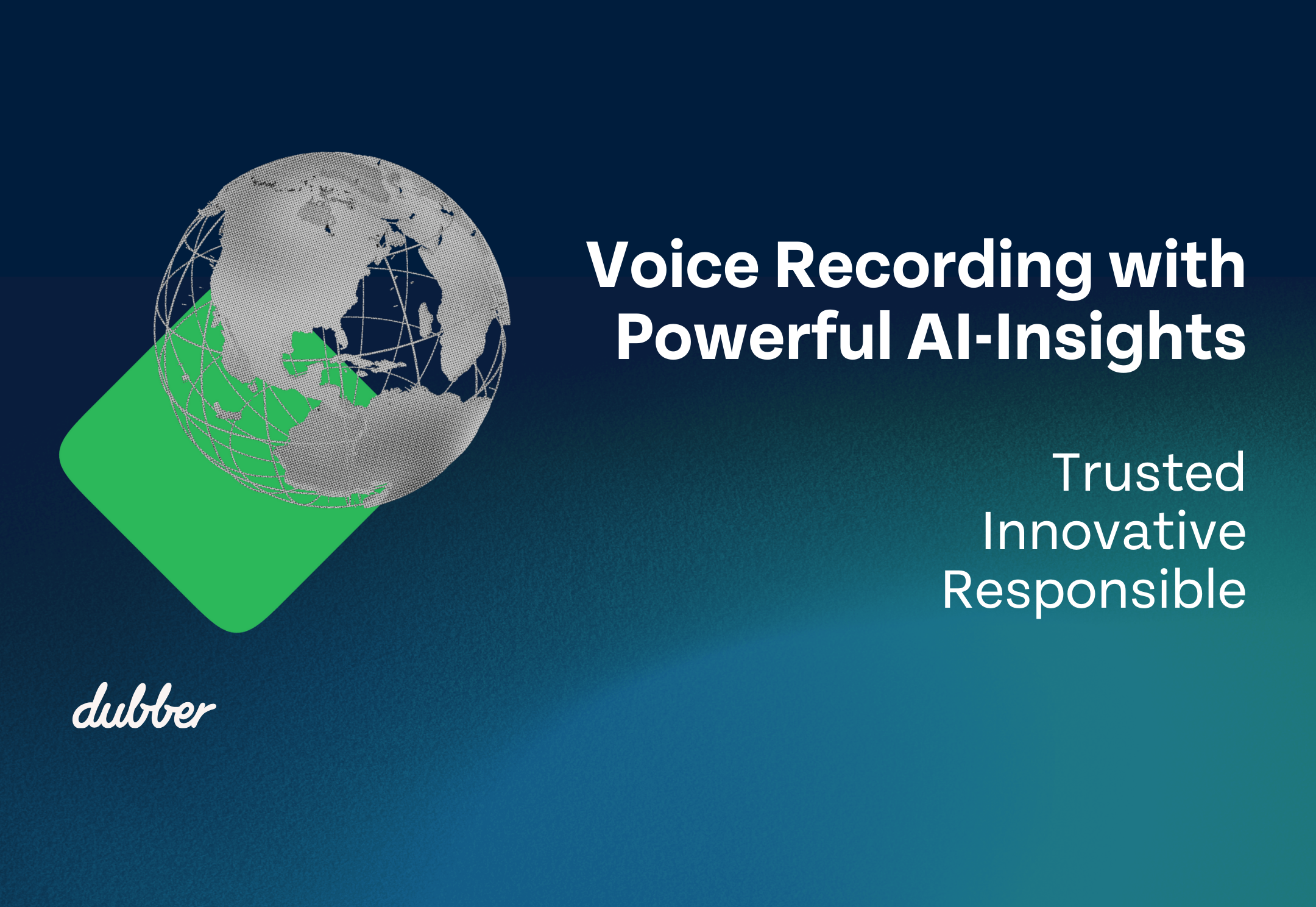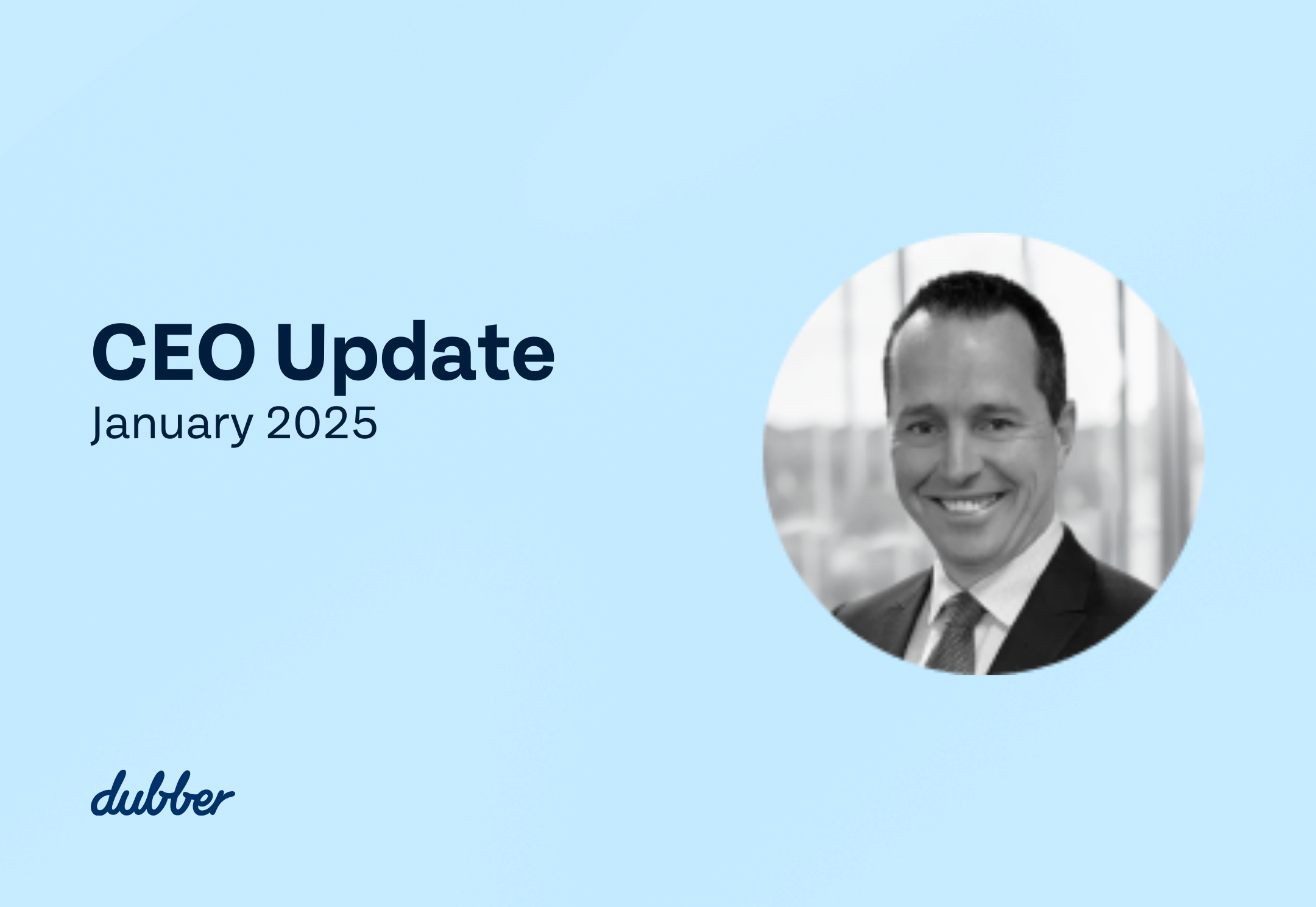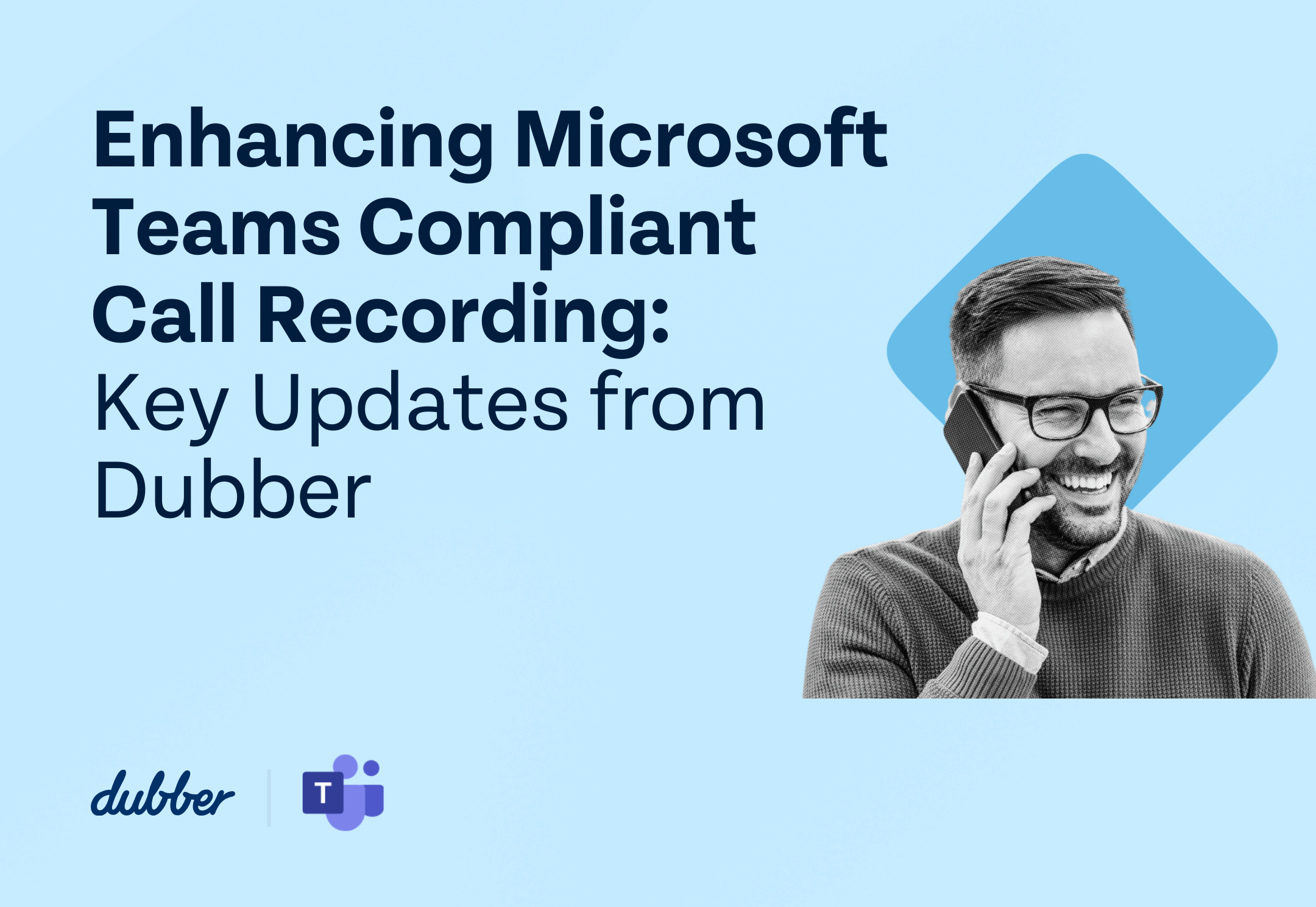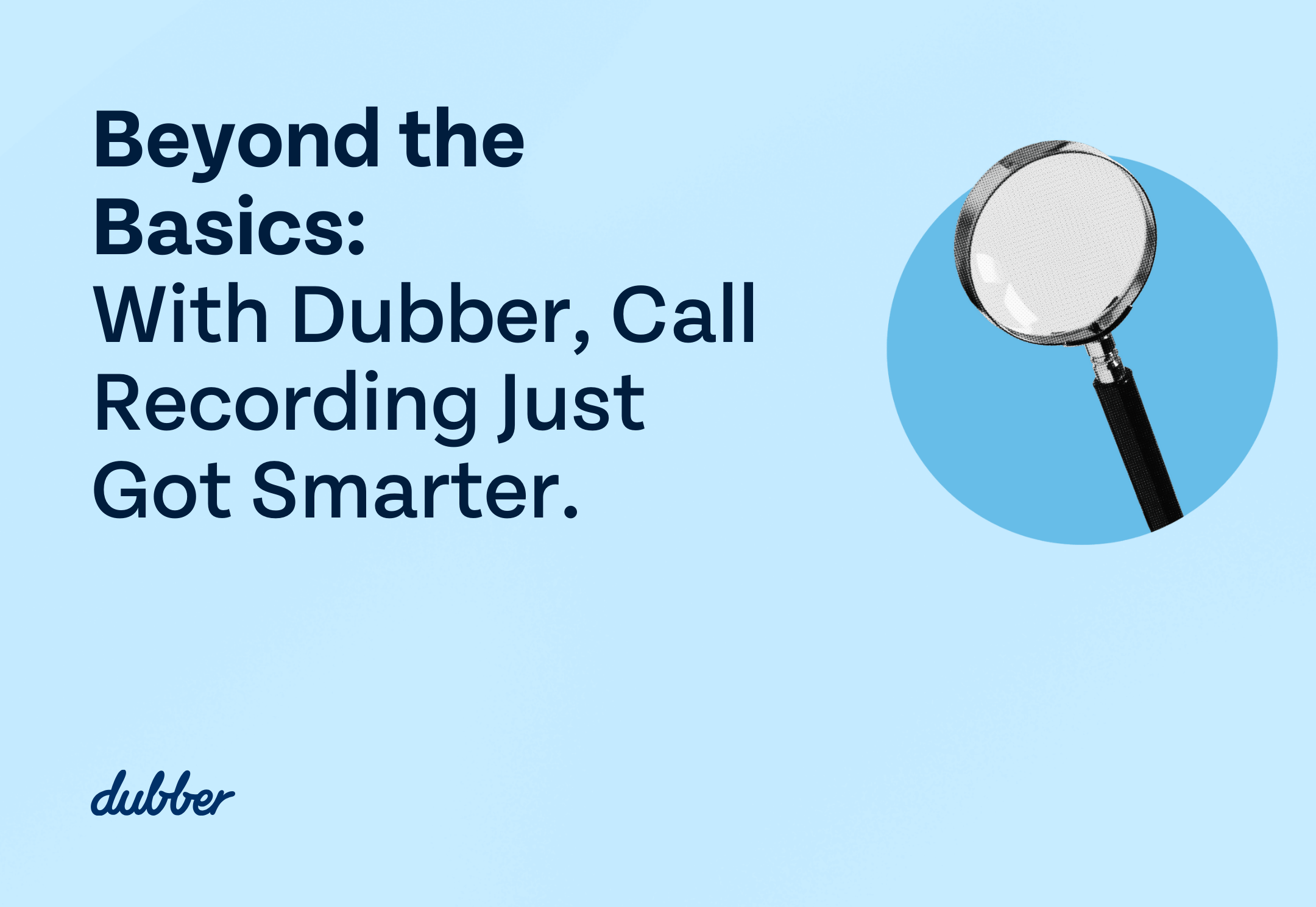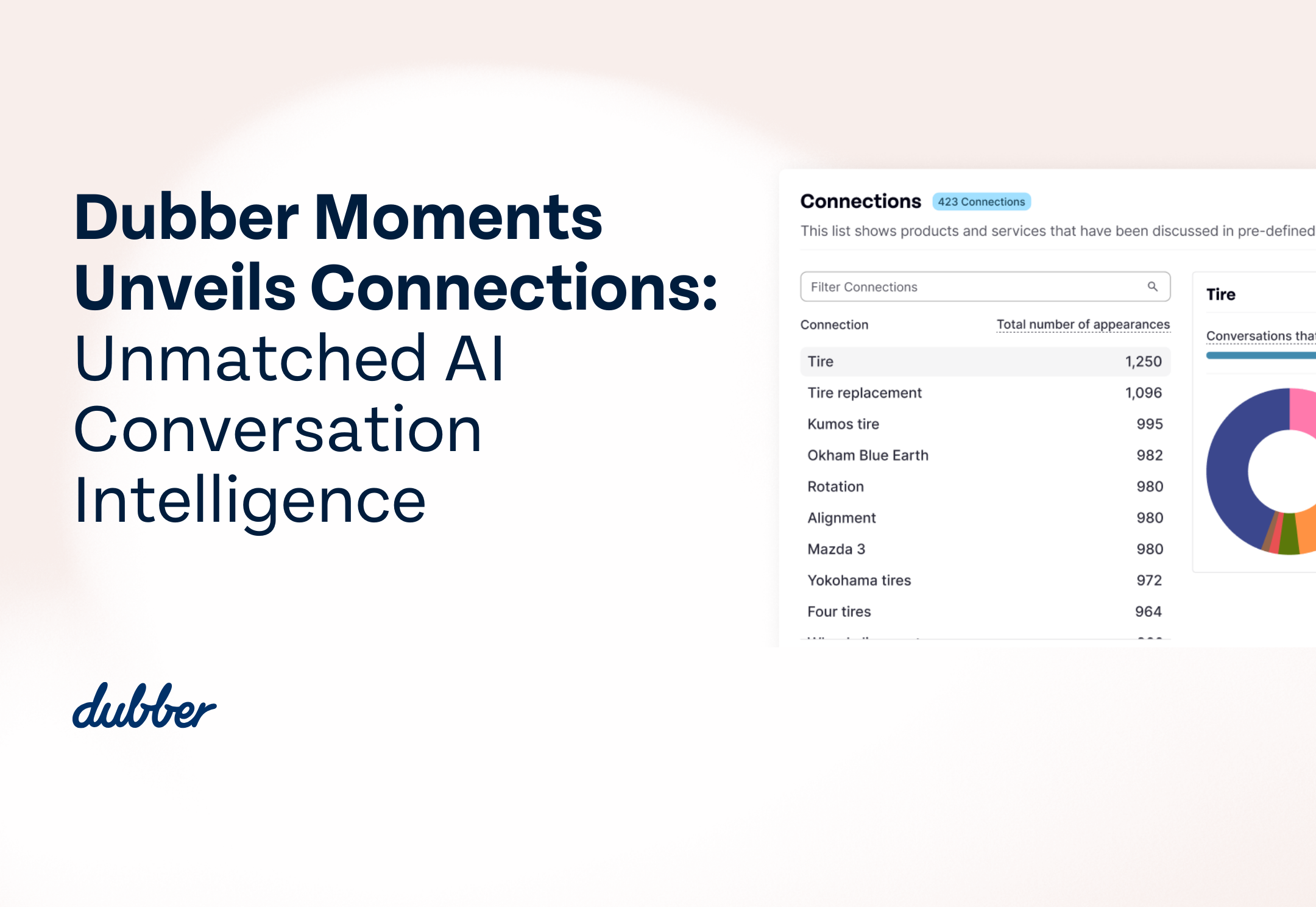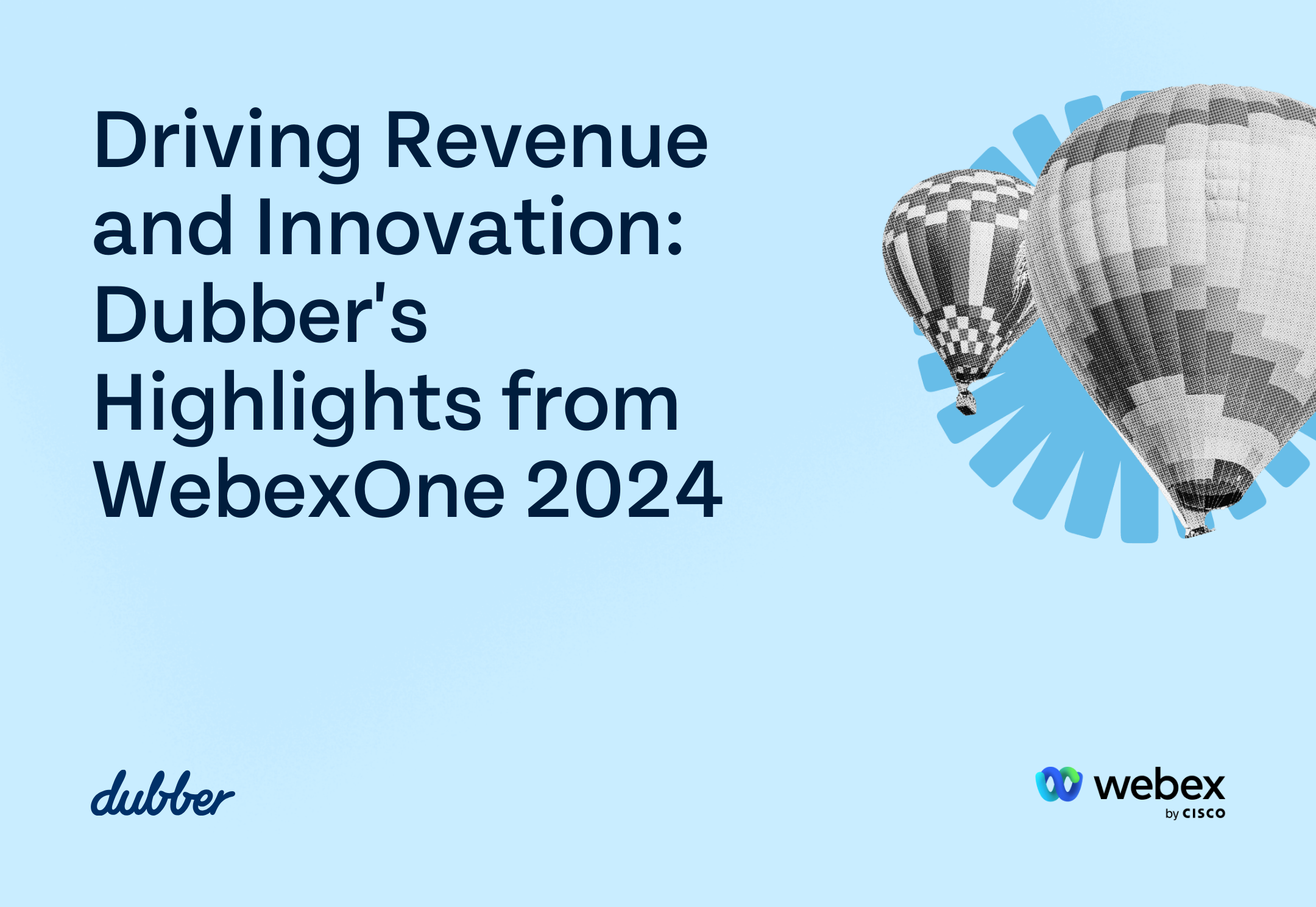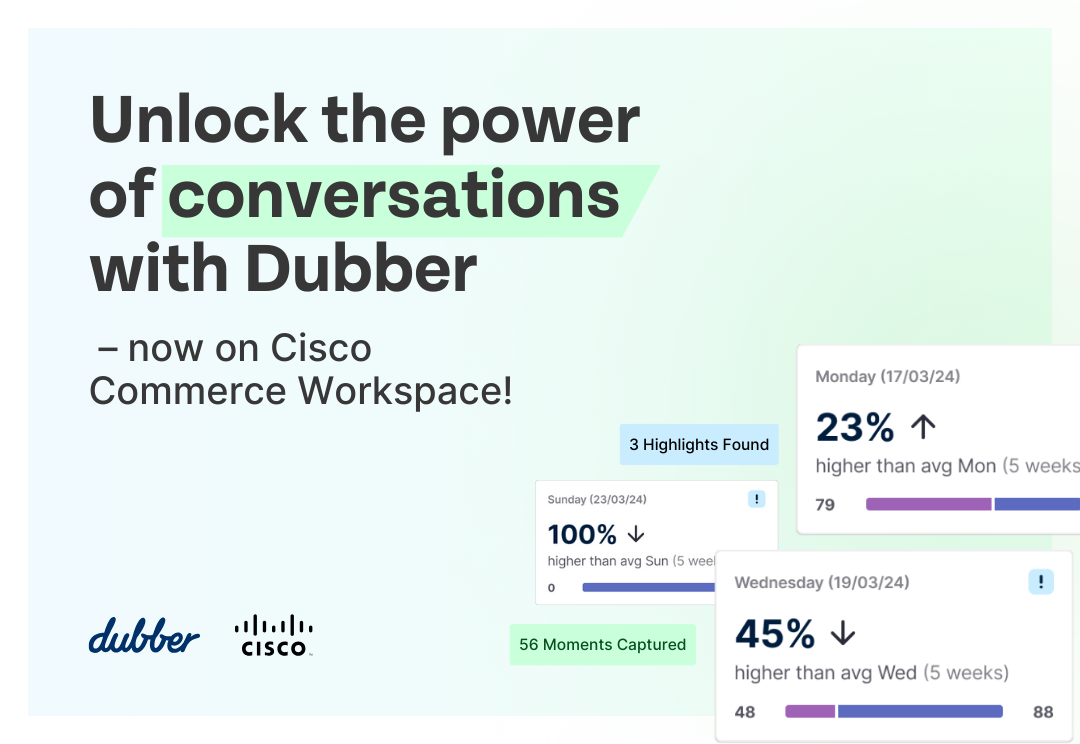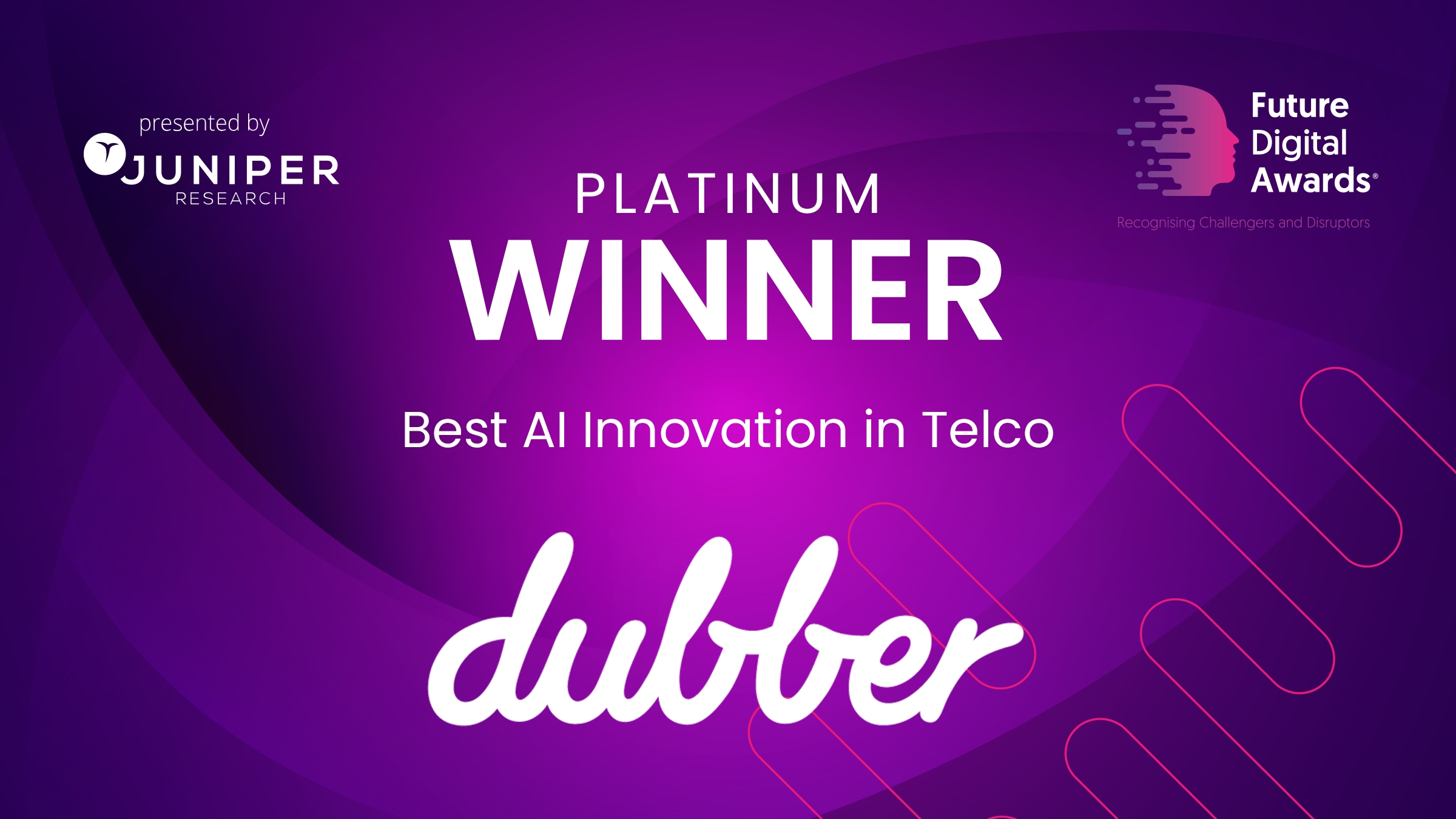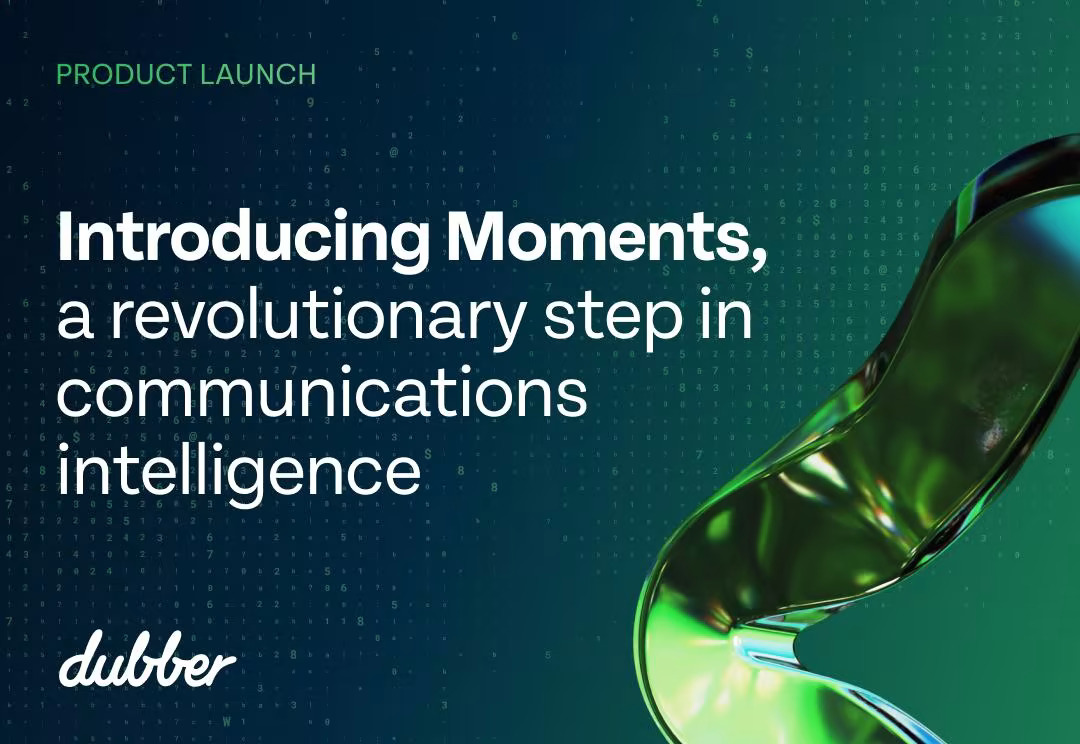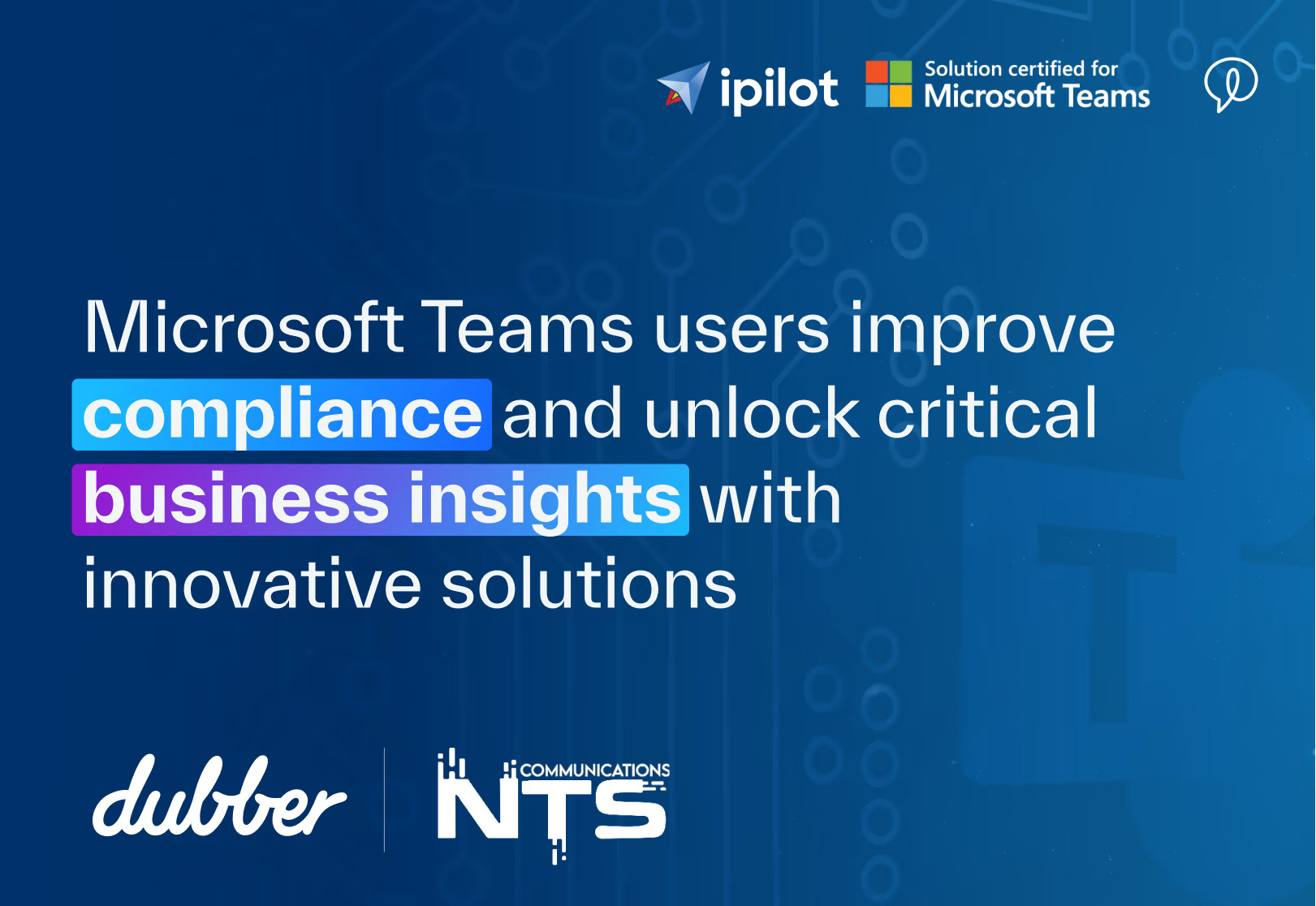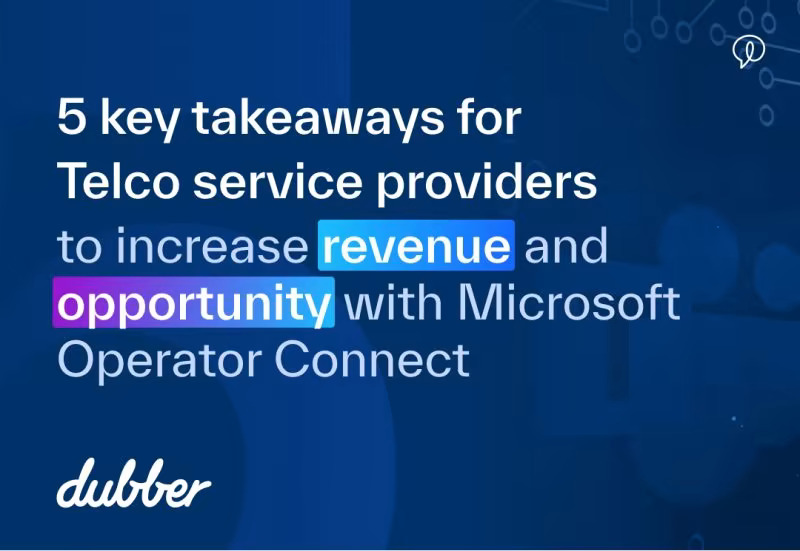Dubber, the global leader in network based conversation intelligence and capture, has launched ‘Moments’, a revolutionary AI product designed to redefine what individuals and organisations expect from their communications and bring a new level of engagement between Dubbers 170+ global service provider Partners and their customers.
Changing Communications Forever
Since its founding in 2011, Dubber has consistently been at the forefront of pioneering solutions for Communication Service Providers and their customers. Today, it supports over 170 service providers and thousands of businesses across the globe by capturing and analysing conversations at volume across an entire network. The Dubber vision has been to move beyond traditional transcription alone towards addressing all modern business needs with the development of actionable, meaningful insights that can truly inform business strategies directly from the Service Provider network.
In response to these evolving demands, Dubber has released their out of the box solution family called ‘Moments’. This growing suite of features, powered by advanced AI and conversation intelligence, goes beyond the words and identifies the context within the voice conversation.
A single identified ‘Moment’ provides immediate benefit within a conversation, but when correlated across an entire organisation it creates amazing ‘Insights’. Employing data visualisation, Insights provides an intuitive snapshot of communication patterns and trends, transforming complex data into understandable intelligence for individuals and all sizes of business.
Future product roadmap releases will include a range of new ‘Moments’ that will help organisations to improve customer experience, enhance the performance of individuals, teams and improve employee engagement.
Decoding the Conversation
Following research into business-critical conversations, led by Dr. Iain McCowan, head of Dubbers AI Labs, the initial rollout will begin with the ‘Complaints Moment’, which pinpoints customer complaints and related topics within conversations. This ‘Moment’, part of the customer experience family of ‘Moments’, enables all organisations to promptly gain insights into customer grievances and handle them effectively.
Following this, ‘Actions Moment’ will be launched as a network feature, enhancing Dubber’s technology by detecting commitments made during conversations and converting them into tasks or reminders which has the ability to revolutionise the relationship with service providers and their customers.
The Revolution of Communications
With Communication Service Providers globally facing the challenges of commoditisation and ongoing cost pressures, it’s smart to consider new ways to leverage their networks, build new revenues and delight customers at the same time. Dubber enables service providers to consistently deliver innovation and value to their customers, helping them to understand and action intelligence based on outcomes produced through Dubber ‘Moments’ directly from their networks.
Steve McGovern, CEO of Dubber, stated, “We have been promoting a view for many years that AI will be a part of every telephony service and have built the Dubber platform to enable that eventuality. Dubber is designed specifically for Service Provider delivery as opposed to direct end user integration since we believe that the network is the source of any communication and the SP’s have the ability to provision, bill and support at scale.
To us, it just makes sense.
With the launch of ‘Moments’ we’re taking a significant step towards fulfilling that philosophy and fundamentally transforming communications. Despite the evolving ways in which we communicate, the core nature of conversations remains unchanged. There are always key moments within a conversation that yield new intelligence, inspire action, or deepen understanding. ‘Moments’ captures these pivotal points from any conversation on the network and transforms them into insights, delivering tangible business value and empowering service providers to redefine their offerings directly from their networks.”
Stuart Pritchard, Vice President, Optus Enterprise, speaking at the launch of ‘Moments’ said, “AI is becoming broadly part of our lives and customers are expecting to seek benefits from it. When AI can be used to directly solve business challenges, effectively out of the box, it simplifies the customer’s decision making and assists our sales teams. Currently, Dubber is assisting Optus in a special campaign that promotes the Dubber AI functionality around automatically detecting complaints for organisations and summarisation of calls for each user.”
McGovern added, “At Dubber, AI isn’t just a buzzword – it’s the key to unlocking the value of conversations happening across service provider networks. In effect, we are bringing the network to life enabling the content and packaging it into valuable outcomes which can be accessed via Dubber’s applications, via direct network based notifications or via API.
With the unprecedented volume of data available to train our Dubber AI engine, we’re turning every conversation into a chance to extract valuable moments that can enhance customer understanding, elevate employee experience, and identify product improvement opportunities.”
Find out more about ‘Moments’ here.
About Dubber:
Dubber, the global leader in conversational intelligence, offers cutting-edge solutions designed for CSPs to get the most out of their data. Listed on the ASX, the company’s innovative cloud platform connects to over 170+ service providers, capturing crucial information from voice, video, chat, and SMS data, also known as “moments.” By harnessing advanced capture and AI technologies, Dubber transforms these moments into valuable business insights, enabling CSPs to differentiate, innovate, and monetise their networks.
For more information, contact:
Dubber Investors and APAC Media
Terry Alberstein terry@navigatecommunication.com.au
+61 (0) 458 484 921
Dubber Americas and EMEA Media
Jake Galland – Account Manager, TFD, jake@wearetfd.com
